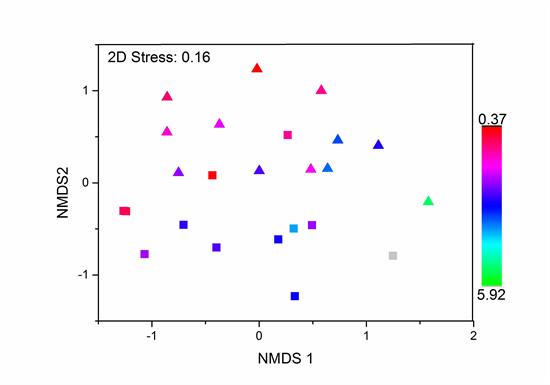Many studies have investigated patterns in the near-surface soil microbial community over large spatial scales. However, less is known about variation in subsurface (15–30 cm of depth) microbial communities. Cooperated with Institute of geographic sciences and natural resources, Chu Haiyan research team from Institute of soil science studied depth profiles of microbial communities in high-elevation soils from Tibet. The relative abundance of Acidobacteria, Chloroflexi and Alphaproteobacteria was higher in near-surface layers, while the relative abundance of Actinobacteria, Gemmatimonadetes and Betaproteobacteria was higher in the subsurface samples. The microbial community structure was distinct between the surface and subsurface soil layers, strongly correlating with variation in total carbon (TC) and carbon to nitrogen ratio (C/N). The differences in the microbial community between the layers were about the same as the horizontal differences between sites separated by many kilometers. Overall, we found that TC and C/N were the best predictors for both surface and subsurface microbial community distribution. These achievements are published in the Environmental Microbiology(2016, 18:1523-1533). Article link: http://onlinelibrary.wiley.com/doi/10.1111/1462-2920.13236/full 
Microbial community spatial distribution in the western Tibetan Plateau (Information source: Nanjing branch of CAS) |

